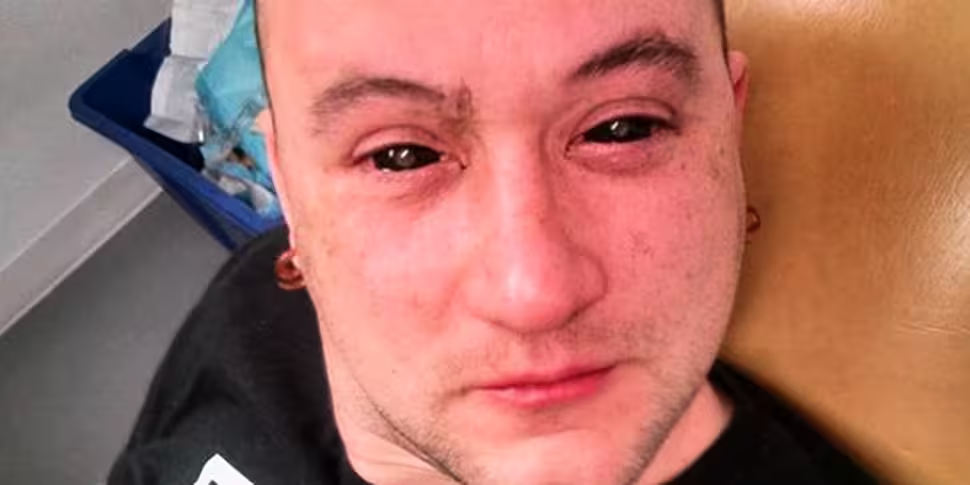When it comes to pushing the human body to its potential, we mostly tend to marvel at the pinnacle of sporting achievement, willing Olympians to run ever faster or jump ever higher – provided they don’t turn to chemistry to help them along the way.
But for most of us, we’re more likely to be familiar with our human limitations. We age, we can’t hear certain tones, we stumble blindly though the dark, and we cannot perceive the magnetic and electrical fields the fill the world around us – unlike many of the creatures we share the world with.
But some people are not willing to accept these limitations, and are turning to science to find ways to unlock the superhuman abilities that were once just a feat of science-fiction fantasy. And Jonathan McCrea of Futureproof has just spoken to one of them, a biohacker named Gabriel Licina.
Based a couple of hours north of Los Angeles, Licina and his friend Jeffry Tibbetts make up Science for the Masses, a duo of scientific enthusiasts that likes to push the boundaries, and figured out a way to hack the body – giving Licina the ability to see up to 50 meters in the dark for a short spell of time.
And all it took was a few eyedrops (and a lot of careful research).

Jeffrey Tibbetts administers the Ce6 eyedrop solution to Gabriel Licina [Science for the Masses]
The group theorised that they could probably redesign the eye’s abilities to induce organic night vision by using a kind of chlorophyll analog (called Ce6) that is found in deep-sea fish and used to treat night blindness.
Licina became the guinea pig, allowing Tibbetts to drip 50 microlitres of Ce6 into his eyes, with the hope that it would soak into his retinas. As Licina told Jonathan, this kind of self-experimentation is not unheard of, it’s just not very often spoken about:Then they waited, with the effects staring to kick in after about an hour. Make no mistake, as a trained biochemist and registered nurse, the duo take this all very seriously, and really got stuck into the research before taking any risks. They even produced a paper on their research. But they’re also a bunch of lads testing the limits of science and biohacking, so it wasn’t long before their experiment went outside the confines of a laboratory:While pushing past the innate limitations of the human body by means of self-experimenting and science might seem like a bold or dauntless leap into the future, it’s actually becoming more and more common. A biohacker named Rich Lee recently implanted magnets into his ears to create the world’s first inbuilt earbuds. The tiny speakers collect the musical signal from a magnetic cord connected to his music player or relay directions to him from his phone’s GPS system – and the best thing of all, they don’t fall out.
Other hacks include temporary digital tattoos that send vital health information, monitoring sweat to measure physical activity, electrical brain activity, and heart rates, sending on this information to mobile devices and computers.
And the potential of these devices has gotten under the skin of big business and global corporations, who are increasingly keen to get in on the biohack action – although healthcares isn’t always their primary concern. A Google-owned subsidiary is in the process of working on a digital tattoo that can connect to smartphones and gaming devices, and according to its patent application, it could even work as a lie detector.
But what of Science for the Masses and Gabriel Licina, is he hoping that his night-vision biohack will be seeing him all the way to the bank? No, because he isn’t in the game of guerrilla science to make money – he’s in it for the wide-eyed glory of potential...To hear Jonathan McCrea’s interview with Gabriel Licina, listen to the podcast below:









